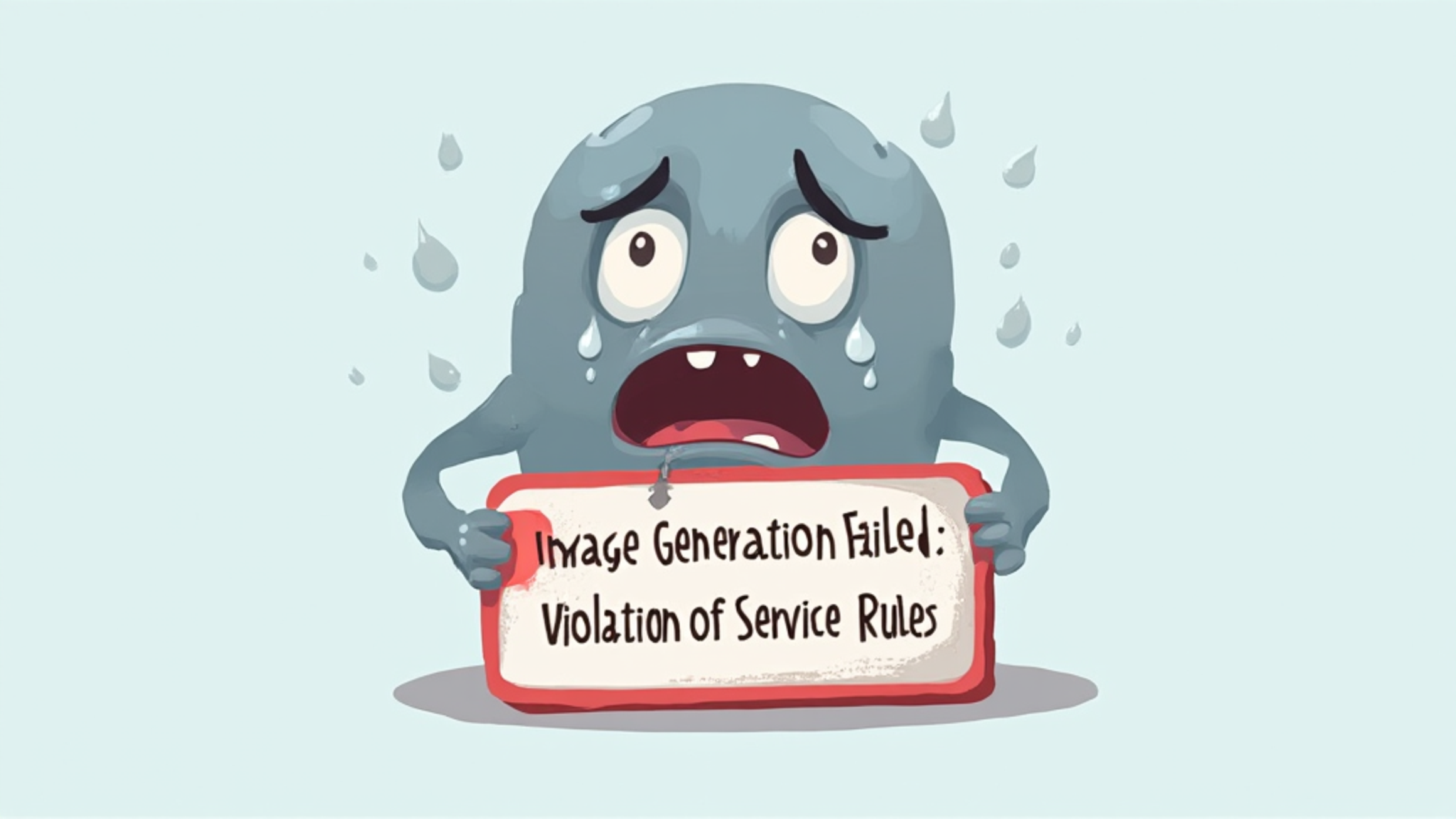Navigating the Stock Market Rollercoaster: Tips for Investors
What Causes Market Fluctuations?
Market fluctuations are influenced by various factors, including economic data, geopolitical events, and investor sentiment. These elements can create uncertainty, leading to rapid price changes. It’s fascinating how interconnected everything is. Supply and demand dynamics also play a crucial role in determining stock prices. When more investors want to buy than sell, prices rise. This is a fundamental precept of trading. Additionally, news and rumors can trigger sudden market reactions. Always stay informed.
The Impact of Economic Indicators
Economic indicators significantly influence market behavior and investor decisions. For instance, metrics like GDP growth, unemployment rates, and inflation provide insights into economic health. These indicators guide investors in making informed choices. Understanding these metrics is essential. Furthermore, positive economic data often leads to increased investor confidence, resulting in market rallies. Conversely, negative reports can trigger sell-offs. This pattern is predictable. Additionally, central bank policies, influenced by economic indicators, can alter market dynamics. Monitoring these changes is crucial for strategic planning.
Investment Strategies for Uncertain Times
Diversification: Spreading Your Risk
Diversification is a crucial strategy for managing investment risk. By allocating assets across various sectors, he can mitigate potential losses. This approach reduces exposure to any single investment. It’s a smart move. Additionally, incorporating different asset classes, such as stocks, bonds, and real estate, enhances overall portfolio stability. This balance is essential for long-term growth. Furthermore, he should regularly review and adjust his portfolio to respond to market changes. Staying proactive is key.
Long-Term vs. Short-Term Investing
Long-term investing focuses on capital appreciation over several years. This strategy allows for compounding returns. It’s a wise choice. In contrast, short-term investing aims for qjick gains through market fluctuations. This approach requires active management and a keen understanding of market trends. He must be vigilant. Additionally, long-term investments typically involve lower transaction costs. This can enhance overall profitability. Understanding these differences is essential for effective portfolio management.
Emotional Resilience in Trading
Recognizing Emotional Triggers
Recognizing emotional triggers is vital for successful trading. These triggers can lead to impulsive decisions. He must remain aware. Common triggers include fear of loss and greed during market rallies. Understanding these emotions helps him maintain discipline. Additionally, developing a trading plan can mitigate emotional responses. A structured approach is essential. By setting clear goals and limits, he can reduce anxiety. This strategy promotes rational decision-making.
Techniques for Maintaining Composure
Techniques for maintaining composure are essential in trading. He can practice mindfulness to enhance focus and reduce stress. This technique promotes clarity in decision-making. Additionally, setting predefined trading rules helps him stick to a plan. Consistency is key. Regularly reviewing his performance allows for reflection and improvement. This practice fosters a growth mindset. Furthermore, taking breaks during trading sessions can prevent burnout. A fresh perspective is invaluable. By implementing these techniques, he can navigate market fluctuations more effectively.
Utilizing Technical Analysis
Understanding Charts and Indicators
Understanding charts and indicators is crucial for effective trading. He can analyze price movements through various chart types, such as line, bar, and candlestick charts. Each type provides unique insights into market behavior. Additionally, indicators like moving averages and Relative Strength Index (RSI) help identify trends and potential reversals. These tools enhance decision-making. By combining multiple indicators, he can confirm signals and reduce false positives. This approach increases accuracy. Furthermore, recognizing patterns, such as head and shoulders or double tops, can indicate future price movements. Knowledge is power in trading.
Identifying Trends and Patterns
Identifying trends and patterns is essential for successful trading. He can observe upward, downward, or sideways trends to gauge market direction. Recognizing these trends helps in making informed decisions. Additionally, patterns such as flags, triangles, and channels provide insights into potential price movements. These formations often indicate continuation or reversal of trends. Understanding these signals is crucial. Moreover, combining trend analysis with volume can enhance the reliability of predictions. Increased volume often confirms the strength of a trend. This knowledge empowers traders to act strategically.
The Role of Fundamental Analysis
Evaluating Company Performance
Evaluating company performance is a critical aspect of fundamental analysis. He should examine key financial statements, including the income statement, balance sheet, and cash flow statement. These documents provide insights into profitability, liquidity, and overall financial health. Additionally, analyzing financial ratios, such as the price-to-earnings (P/E) ratio and return on equity (ROE), helps assess valuation and efficiency. Understanding these metrics is essential for informed investment decisions. Furthermore, considering qualitative factors, such as management effectiveness and market position, adds depth to the analysis. This comprehensive approach enhances investment strategies.
Assessing Market Conditions
Assessing market conditions is vital for effective investment strategies. He should consider various economic indicators, such as:
These factors provide insights into overall economic health. Additionally, monitoring consumer sentiment and business confidence can indicate market trends. Understanding these elements is crucial. Furthermore, geopolitical events and central bank policies can significantly impact market dynamics. He must stay informed about these developments. This knowledge enables better decision-making in uncertain environments.
Staying Informed and Educated
Resources for Continuous Learning
Resources for continuous acquisition are essential for any investor. He can utilize online courses and webinars to enhance his knowledge. These platforms offer valuable insights from industry experts. Additionally, subscribing to financial news outlets keeps him updated on market trends. Staying informed is crucial. Reading books on investment strategies and market analysis further deepens his understanding. This knowledge is empowering. Furthermore, joining investment forums and networking groups allows for sharing experiences and strategies. Engaging with peers fosters growth.
